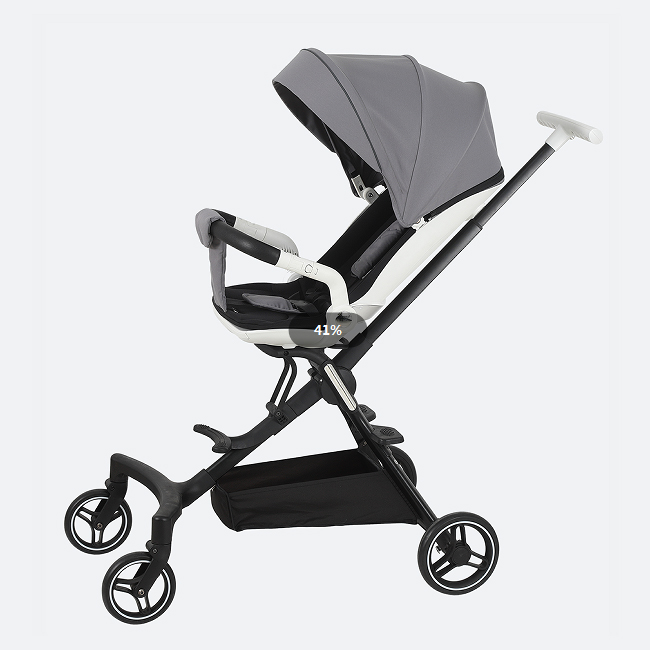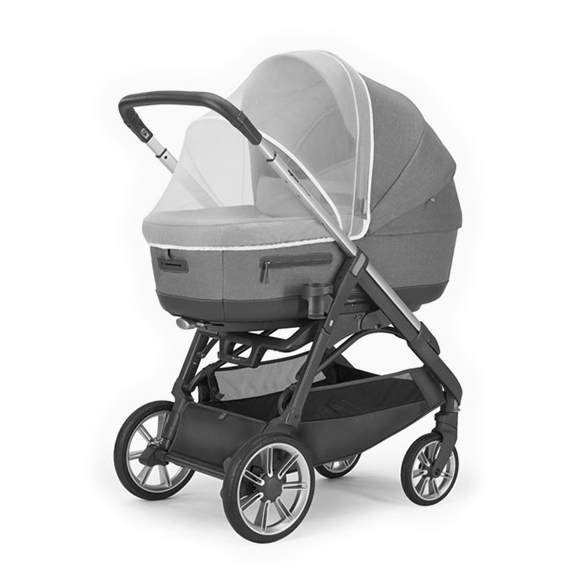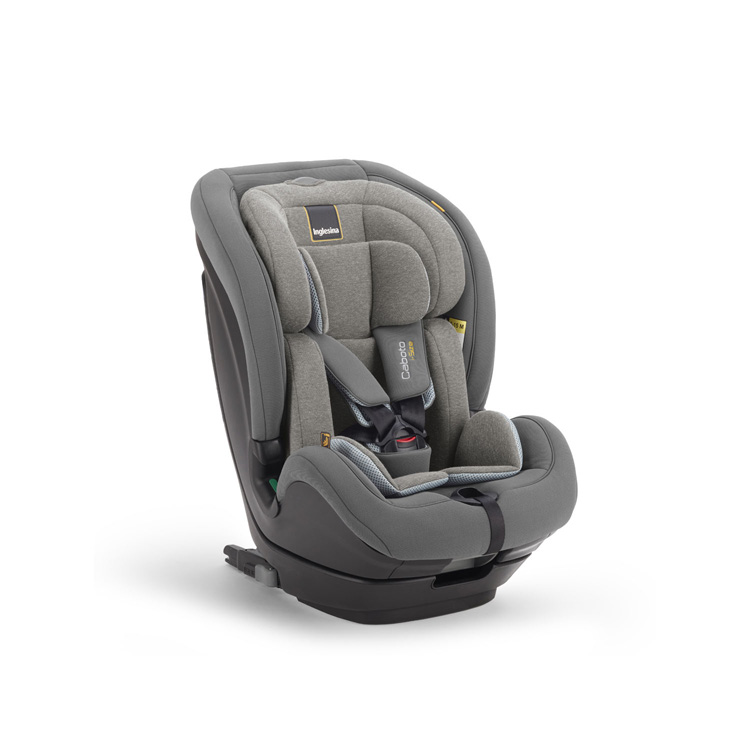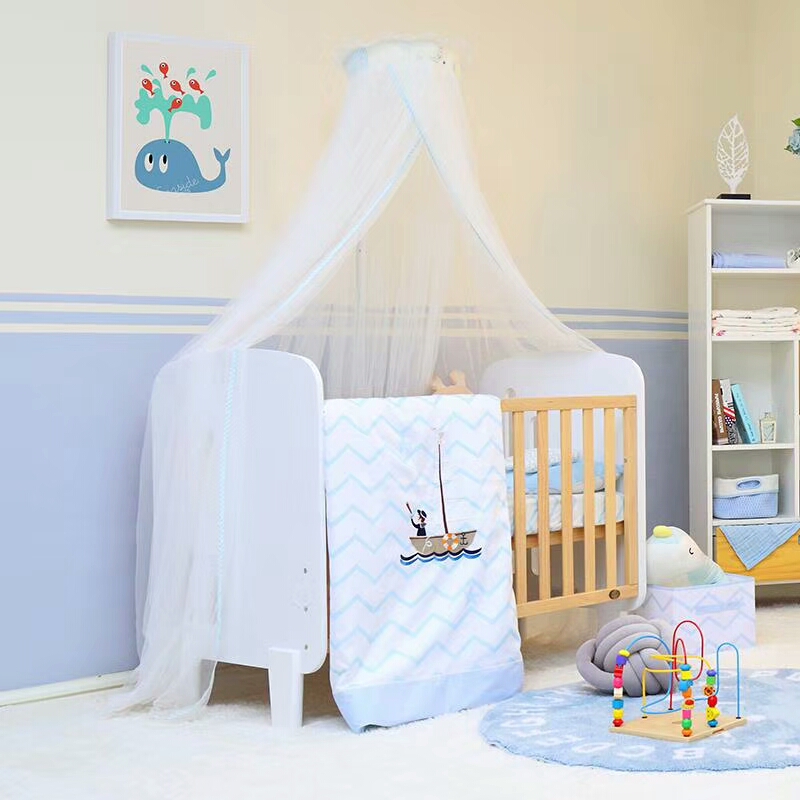Material Selection: Strictly Choose Natural and Low-Irritant Raw Materials
Component Purity and Safety
Prioritize natural fibers: Opt for organic cotton, bamboo fiber, silk, etc., and avoid synthetic fibers (such as polyester and acrylic), which are prone to static electricity due to friction and have poor breathability, potentially irritating infants' delicate skin.
Check certification marks:
International certifications: GOTS (Global Organic Textile Standard), OEKO-TEX Standard 100 (tests for formaldehyde, heavy metals, allergenic dyes, etc.).
Domestic certification: GB 31701-2015 Technical Specifications for Safety of Textile Products for Infants and Children (Class A standard, formaldehyde content ≤20mg/kg, prohibited carcinogenic aromatic amine dyes).
Beware of 'natural' gimmicks: Some products labeled "natural cotton" may contain blended chemical fibers, so check whether the ingredient list clearly states 100% natural fibers.
Reject Harmful Chemicals
Smell the odor: A pungent fragrance, sour smell, or chemical odor may indicate residues of formaldehyde, fluorescent agents, or dyes.
Examine the process: Avoid products with excessive bleaching, complex printing, or coating processes (e.g., waterproof coatings may contain chemicals like PVC). Prioritize reactive printing and dyeing (high color fastness, safer dyes) or plain-colored products without printing.
Performance Testing: Meet the Physiological Needs of Infant Skin
Breathability and Moisture Absorption
Observe the fabric texture: Choose fabrics with sparse warp and weft threads or breathable mesh designs (such as knitted cotton or gauze cotton). You can blow air through the fabric with your mouth—if the airflow is clearly felt on the other side, the breathability is good.
Test moisture absorption: Drop a drop of water on the fabric. High-quality fabric should quickly absorb the water rather than forming water droplets or diffusing slowly (poor water absorption can easily cause eczema when the baby sweats).
Softness and Friction
Touch and feel: Gently rub the fabric against the back of your hand or cheek to ensure there is no roughness or itching, especially paying attention to whether the seams are smooth (loose threads or hard edges may rub against the skin).
Check the gram weight: The recommended gram weight for baby bedding fabric is between 100-180g/㎡ (e.g., 6-layer gauze is approximately 120g/㎡). Too heavy may cause stuffiness, while too light may be easily damaged.
Consider elasticity: Choose fabrics with slight elasticity (such as cotton fabric with 5% spandex) to avoid a tight feeling, but the proportion of elastic fibers should not be too high (which may compress the skin).
Design Inspection: Detail-Oriented Care for Sensitive Skin
Structure and Craftsmanship
Cordless design: Avoid bedding with ties or knots (which may wrap around the baby's neck). It is recommended that sheets use an all-around elastic band design to prevent slipping.
Seam treatment: Fine stitching (≥12 stitches per inch), cleanly trimmed threads, and internal seams using "bound seam" or "flat fell seam" techniques to avoid exposed raw edges rubbing against the skin.
Detachable design: Quilt covers, sheets, etc., should be 可拆卸 (detachable) for separate cleaning, avoiding increased fabric aging caused by friction during overall washing.
Size Compatibility
The mattress cover should fit the mattress tightly (with an error ≤2cm). Too loose may cause wrinkles to accumulate, increasing the risk of suffocation. The length of the sheet should fully wrap the mattress and hang down to the edge of the bed frame to prevent the baby from touching hard bed parts.
Experience Testing: Simulate Baby Usage Scenarios
Washing Test
Observe color fading during the first wash: Slight floating color is normal (reactive printed products usually fade less). If the water becomes heavily colored or the fabric hardens, the dyes or fixing agents may be unqualified.
Touch the hand feel after washing: High-quality fabric should remain soft after multiple washes. If it becomes rough and hard, it may contain excessive chemical finishing agents.
Sensitivity Test (for high-risk infants)
For infants prone to allergies, first apply a small piece of fabric to the baby's inner wrist or behind the ear and observe for 24 hours for redness, itching, or other reactions.
Brand Selection and After-Sales Service: Professional Endorsements and Guarantees
Prioritize medical-grade/maternal and infant professional brands: Products labeled "medical-grade sleep" or "recommended by pediatricians" typically undergo stricter skin irritation tests (such as passing human patch tests).
Check quality inspection reports: Request recent fabric inspection reports from merchants (should include items such as formaldehyde, pH value, and decomposable carcinogenic aromatic amine dyes).
After-sales return and exchange services: Choose merchants that support "no-questions-asked returns and exchanges" for easy replacement if the material is unsuitable.






